What do baby robins eat?
This is the question that this blog post will answer.
Baby robins are born without any feathers and are unable to fly or leave the nest. For the first few weeks of their lives, they are completely dependent on their parents for food. The mother robin will bring food to the nest and the father robin will feed it to the babies. Baby robins eat a lot of insects, including beetles, caterpillars, and grubs. They also eat some berries and other fruits. As they grow older, they will start to eat more and more solid food until they are ready to fledge, or leave the nest.
This post will provide information about what baby robins eat and how they grow into beautiful, colorful birds that are well-known for their singing abilities.
![What Do Baby Robins Eat In The Nest?[Hatched To Fledgling Robins] 1 What Do Baby Robins Eat](https://images.unsplash.com/photo-1486365227551-f3f90034a57c?crop=entropy&cs=tinysrgb&fit=max&fm=jpg&ixid=MnwxNDMzNDl8MHwxfHNlYXJjaHw3fHxiYWJ5JTIwcm9iaW4lMjBiaXJkfGVufDB8MHx8fDE2NTc4NzYyMDY&ixlib=rb-1.2.1&q=80&w=1080)
When do robins lay eggs?
Robins typically start laying eggs in the early spring.American robins build nests in April, but don’t start incubating eggs until all the eggs have been laid. The temperature influences when birds lay their eggs–and when those babies hatch. For example, if it’s a hot summer, and the temperature is high, then the baby robins will hatch earlier than if it was a cool spring.
Robins typically lay three to four eggs in a nest, but sometimes will lay as many as six. Female robins lay only one bright blue egg per day and rarely have five eggs in a clutch. Each egg is about 1 ¾ inches long and weighs about 1 ounce. Eggs are typically laid during the appropriate months of the year: January through July for American Robins.
Robins usually lay a clutch of three or four eggs; however, there are records of up to eight eggs being found in one nest! It’s unlikely that one robin produced all eight eggs–usually two female robins compete for the site and share incubation duties for their clutch of offspring. There is no definitive answer to whether robins mate for life or not, but they do often return to the same nesting spot each year
How many eggs do robins lay? Robins typically lay eggs between 4-7 on average, with 2 clutches being the most common. In southern areas of the U.S., robins will often raise up to three broods per year, but only one clutch at a time in northern areas where it is colder. Usually, Robins lay three eggs. Multiple female robins are likely to be in a nest at the same time, competing for the site and laying eggs until one gives up. How long do robins eggs take to hatch? It takes about two weeks for the baby robins to hatch. The mother robin will sit on the nest until her babies leave. Once they have hatched, it will take another month or so for them to grow into fledglings and be able to fly. All of the eggs develop together in a mother robin’s burrow. For 12 to 14 days, she spends time in her nest before her chicks hatch.
What Are the Stages of Robin’s nest Life?
The Egg
Eggs are a reproductive cell produced by the female sex organs of most animals, including birds. They are typically laid by a hen.
A Robin’s egg is about 2 cm wide and 2.7- 3 cm long. It has a egg tooth and “■” on its beak that helps it break into the eggshell.
The average incubation period for a robin is around 14 days. During this time, the embryo develops into a chick.
Robins lay two to six eggs per nest, with the female laying them about twice a year during appropriate months. The number of eggs in an egg can vary between two and six.
1 to 7 Days
Baby robins are hatched from eggs and are totally dependent on their parents for food. For the first 1 to 7 days, they will open their beaks but not their eyes. During this time, they will survive on partially digested food from their parents. Baby robins eat seeds, berries, small insects, and other things like worms or beetles. They also eat earthworms. The average number of eggs laid is between four and seven, with three being the most common number of clutches a year. Baby robins vomit food into their mouths when they are only five days old in order to feed themselves. The young robin will eat mealworms, earthworms, or grubs until it is able to fend for itself at around 14 days old
7 to 14 Days
In the wild, baby robins leave the nest within 14-16 days. They can fly and are ready to fend for themselves at this point. The parents continue to feed them until they are able to find food on their own.
14 Days and Over
Robins hatch from their eggs within 14 to 16 days and can eat up to 14 feet of earthworms in a day. The female will take care of the baby robins for 12 to 21 days before hatching, with an average of 14 days. Once they’ve left the nest, young robins must learn how to fend for themselves quickly; their parents visit the nest 100 times per day to feed them and ensure that they’re healthy. Robins are careful when picking a territory because they need easy access to food sources – otherwise, they may not survive
![What Do Baby Robins Eat In The Nest?[Hatched To Fledgling Robins] 2 What Are the Stages of Robin’s nest Life?](https://images.unsplash.com/photo-1541980698109-12435655ec1d?crop=entropy&cs=tinysrgb&fit=max&fm=jpg&ixid=MnwxNDMzNDl8MHwxfHNlYXJjaHwyN3x8YmFieSUyMHJvYmluJTIwYmlyZHxlbnwwfDB8fHwxNjU3ODc2MjQ0&ixlib=rb-1.2.1&q=80&w=1080)
What Can You Feed a Baby Robin?
Earthworms
Earthworms are an important food source for baby robins. The mother robin needs to be on her wings in order for the baby bird to eat worms. A robin’s egg may be laid anywhere from 3 to 5 days after the parents have been observed making a nest. It is best not to feed a baby robin in direct sunlight, and try not to get the bird wet. A robin won’t eat the same things that humans will, due to their diet. It’s important to remember that there are many different foods for a baby robin, not just the one meal mentioned in this passage.
Insects
Insects are a great source of food for baby robins. They usually eat insects like beetles and grasshoppers when they are old enough to do so. The best time to feed them is in the springtime, when they are able to digest them easily. Baby robins can only eat crickets and other insects if they are able to.
![What Do Baby Robins Eat In The Nest?[Hatched To Fledgling Robins] 3 What Can You Feed a Baby Robin?](https://images.unsplash.com/photo-1655243344679-0556fa8de2b8?crop=entropy&cs=tinysrgb&fit=max&fm=jpg&ixid=MnwxNDMzNDl8MHwxfHNlYXJjaHwzfHxCYWJ5JTIwcm9iaW58ZW58MHwwfHx8MTY1Nzg3NjI4NQ&ixlib=rb-1.2.1&q=80&w=1080)
Fruits and Berries
There are a variety of fruits and berries that baby robins enjoy eating. These include grapes, blueberries, blackberries and strawberries. Baby robins are born with an empty stomach and need to be fed by hand. The food must be chopped into small pieces so it is easier for them to digest. Baby robins will also eat grubs and fruits and berries, but must be given food that is not harmful for them to digest, such as mealworms or earthworms. Place the bait near a bush or thicket so the baby can safely consume it. Offer the baby robin food every 15 to 20 minutes during daylight hours. When it begins to find its own food, usually after one to two weeks of being born, offer fruit and berries until it leaves the nest on its own.
What is the difference between hatched and fledgling robins?
After hatching, baby robins will stay in the nest for about two weeks. During this time, they will grow and learn how to fly. Once they have left the nest, they are considered fledglings.
While baby robins are learning to fly, adult birds that stay in the nest longer periods of time include blue tits, swallows and thrushes. These birds typically have red bibs which distinguish them from other fledglings.
Robins migrate away from their birthplace roughly three weeks after hatching; hummingbirds migrate away from their birthplace just a few miles/kilometers after hatching, following their parents several days later.
Baby robins are similar in size to adult birds–they just lack the red bib that is common among fledglings. There is still a lack of data on the weight and length of juvenile robins. Furthermore, there is insufficient data on what percentage of hatchlings make it to adulthood
![What Do Baby Robins Eat In The Nest?[Hatched To Fledgling Robins] 4 What is the difference between hatched and fledgling robins?](https://images.unsplash.com/photo-1444465693019-aa0b6392460d?crop=entropy&cs=tinysrgb&fit=max&fm=jpg&ixid=MnwxNDMzNDl8MHwxfHNlYXJjaHwxM3x8YmFieSUyMHJvYmluJTIwYmlyZHxlbnwwfDB8fHwxNjU3ODc2MjA2&ixlib=rb-1.2.1&q=80&w=1080)
How Do Robins Feed Their Babies?
When baby robins are hatched, their parents start feeding them every half hour. The main diet of a robin at any age is insects, so the parents make sure to bring plenty of them back to the nest. Robins have specially designed beaks which allow them to snatch and pull insects from the ground easily and quickly. Both mom and dad robin feed their babies, but sometimes it’s just one parent who feeds them all day long while they search for food outside the nest.
When do baby robins leave the nest?
It’s baby robin season! These little birds can be seen hopping around in search of food. You may be wondering, when do baby robins leave the nest?
The answer is: anywhere from one to two weeks after hatching. Baby robins will stay with their parents for a few days, until the mother leaves to lay another clutch of eggs. At that point, the juveniles will move away from the natal sites, but just a few miles/kilometres.
Baby robins leave the nest in late spring or early summer, when they are covered with feathers and can fly short distances. They usually fledge – or take their first flight – about 14 days after hatching.
Some baby robins have been known to lay eggs twice and three times before leaving for good in late summer/fall. So if you see a baby bird on the ground and it’s not covered in feathers, don’t worry! It may still have some time before it takes its big flight.”
![What Do Baby Robins Eat In The Nest?[Hatched To Fledgling Robins] 5 When do baby robins leave the nest?](https://images.unsplash.com/photo-1552727451-6f5671e14d83?crop=entropy&cs=tinysrgb&fit=max&fm=jpg&ixid=MnwxNDMzNDl8MHwxfHNlYXJjaHwyN3x8QmFieSUyMHJvYmluJTIwYmlyZCUyMGZseXxlbnwwfDB8fHwxNjU3ODc2Mzcy&ixlib=rb-1.2.1&q=80&w=1080)
When can baby robins fly?
Babies robins leave the nest approximately two weeks after they hatch. During this time, they will practice their flying skills for a couple of days before finally being able to fly straight out. It is important to note that the first few days after leaving the nest are when baby robins are most likely to fall from the sky.
If you find a baby robin that has fallen from its nest, do not worry! You can hand-raise it until it is strong enough to fly and survive on its own. Hand-feeding chickadees is an option for babies falling from the nest–just make sure you wait for a good time before acting so you don’t scare away the parents. The baby bird’s parents will return to the nest in approximately 30 minutes, so be patient!
When a baby falls from its nest, it tends to chirp loudly as a way of signaling for help. So if you do hear any loud chirping noises, keep an eye out and take action if needed!
Adult Robins feeding habits
Adult robins are able to find food on their own, but they will also eat from bird feeders.
The diet of an adult robin consists mostly of insects, but they will also eat seeds and fruit.
Robins prefer to eat live insects whenever possible, but they will also eat dead ones.
Robins usually forage for food in the morning and evening, but they can also be seen eating during the day.
How Often Are newborn Robins Fed?
So you’ve just spotted a baby robin on the ground and you’re wondering how often it gets fed. Well, don’t worry, because these little guys are fed every ten minutes or so by their parents! Baby robins hatch from their eggs without feathers, and it takes about two weeks for them to grow all of their feathers. In the meantime, they rely on their parents to keep them safe and well-fed.
It can take up to five days for baby robins’ eyes to open, but once they do, they will begin to recognize their parents by the chirpy songs they sing. Robins lay clutches of four-seven eggs per clutch, with two being the most common number. So if you see a bunch of eggs in a nest, chances are there are more than one baby robin inside!
![What Do Baby Robins Eat In The Nest?[Hatched To Fledgling Robins] 6 How Often Are newborn Robins Fed?](https://images.unsplash.com/photo-1470963162340-def4fd43095d?crop=entropy&cs=tinysrgb&fit=max&fm=jpg&ixid=MnwxNDMzNDl8MHwxfHNlYXJjaHwzNnx8YmFieSUyMHJvYmluJTIwZWF0JTIwYmlyZHxlbnwwfDB8fHwxNjU3ODc2Mzk4&ixlib=rb-1.2.1&q=80&w=1080)
What To Do If You Find A Fledgling Robin Outside Its Nest
If you find a fledgling robin outside its nest, it is important to determine if the bird is healthy and not a nestling. Baby robins often fall down a lot when they’re learning how to fly, so don’t be alarmed if you see one on the ground. However, if the fledgling appears injured, it is important to contact an expert wildlife rehabilitator.
Fledglings are more mobile than nestlings–they can hop about and even fly short distances. You can tell that a baby robin is a fledgling by checking for certain features: fledglings have feathers that look like adult feathers (although they may be mussed), their eyes are open, and they will be vocalizing or begging for food from adults. If you’re not sure whether or not a baby bird is a fledgling, it’s best to leave it alone and observe from afar; trying to move or touch the bird could further injure it.
Do Baby Robins Need Liquids to Survive?
Baby robins don’t need water to survive, as they can get all the hydration they need from their food. However, if baby robins are not eating correctly, then you can give them a drop of water on their beak at a time. Just make sure that the water is fresh and lukewarm!
While baby robins don’t need water to live, it’s still important to provide them with liquids. You can do this by using a dropper or syringe to put water into their mouths. Just make sure that you don’t force the water into their mouths!
What Should Not Be Fed to Robins?
There are many foods that should not be fed to robins. These include bread, avocadoes, asparagus, and milk or alcohol. It is also important to avoid bird mixes for robins in your backyard as most are designed for larger birds. Nuts and seeds are always dangerous for birds, so it is best not to give them to robins at all. Beans, fruits, and sugary foods should also not be fed to the birds. Liquids like alcohol, coffee, tea, and carbonated drinks can make a bird sick or cause it to die.
![What Do Baby Robins Eat In The Nest?[Hatched To Fledgling Robins] 7 What Should Not Be Fed to Robins?](https://images.unsplash.com/photo-1494247622028-9a5bbfbf529a?crop=entropy&cs=tinysrgb&fit=max&fm=jpg&ixid=MnwxNDMzNDl8MHwxfHNlYXJjaHwxMXx8YmFieSUyMHJvYmluJTIwYmlyZCUyMG5lc3R8ZW58MHwwfHx8MTY1Nzg3NjQ2MA&ixlib=rb-1.2.1&q=80&w=1080)
How to feed a baby robin?
Using a syringe to feed a baby robin
Baby birds, such as baby robins, can be fed using a syringe or eyedropper. This is the easiest way to feed them and will decrease the chance of them being stressed. The parents of baby thrushes are known to make up to 100 visits per day in order to feed their dependent young. It is important that you provide food for the bird on a regular basis so they can grow strong and healthy. A good food choice for baby robins would be moistened chicken or duck feed. When handling the bird, it is important that you use clean hands and do not require any additional preparation, such as washing hands before handling the bird. You can also feed the bird using your fingers by pinching food onto your fingertip then touching the corner of the birds’ mouth with it; however, this is not preferable because it’s difficult to get all of the food into their mouths this way. The best way to ensure that they eat all of the food is by feeding them through their mouth directly – which is why using a syringe or eyedropper makes things much easier!
Using your hands to feed a baby robin
When feeding a baby robin, you should use clean hands that are well-maintained. Feeding a baby bird using your hands is the most common way to do it. You will need to be gentle when putting food into the baby’s mouth. They will open their mouth to swallow food.
You can also feed a baby robin using an eyedropper or syringe if you want to be more precise in how much food you give them. Be sure to follow the instructions for feeding so that you complete the process safely and effectively.
Use a dropper
Yes, you can actually use a dropper to feed baby robins. The tool will suck up food for the bird so that it can eat with its beak. This is a better approach than using your hand, as you won’t risk getting bitten by the little bird.
You could also use baby formula or wheat cereal like farina if you don’t want to buy a bird formula mix. Baby robins need to eat more than just dried dog food! Look for products that are mashed down enough to pass through the dropper without getting blocked.
The best tactics for feeding a baby robin are to watch for signs of hunger or fullness and not overfeed them. The little bird will open its mouth if it needs more food, just make sure you aren’t giving it too much.
Allow the baby robin to feed on its own
Feeding baby robins can be a fun experience, especially for children. However, it is important to allow the baby robins to feed on their own by three weeks of age. This allows them to grow up enough to find their own food. Baby robins will fledge and fly away at about four weeks of age, but it is important that food is still available for them when they do so they can continue to live healthy lives. If the bird does not survive, then it was never meant to be, and at least you provided it with some comfort and the best chance of survival
![What Do Baby Robins Eat In The Nest?[Hatched To Fledgling Robins] 8 How to feed a baby robin?](https://images.unsplash.com/photo-1520808663317-647b476a81b9?crop=entropy&cs=tinysrgb&fit=max&fm=jpg&ixid=MnwxNDMzNDl8MHwxfHNlYXJjaHwxMXx8YmFieSUyMHJvYmluJTIwYmlyZHxlbnwwfDB8fHwxNjU3ODc2MjA2&ixlib=rb-1.2.1&q=80&w=1080)
What Are The Natural Predators of young Robins?
The American robin is a common sight across the United States, and these birds are known to be omnivorous. Their primary food source is insects and worms, but they will also eat small reptiles and amphibians as well as fruit and berries. Robins are preyed on by hawks, owls, cats, jays, crows, and other predators.
Shrikes, eagles, foxes, bobcats, and hawks all prey on robins’ eggs; blue jays are known to feed on the eggs of these birds while crows will consume them when baby robins are young. Cats kill robins in higher numbers than any other predator.
Robins have several means of defending themselves against predators including camouflage coloring that helps them blend into their surroundings as well as vocalizations that can startle potential threats. Robins may also try to outmaneuver their pursuers or lead them away from their nests or young offspring.
Other birds that compete for food may be considered enemies by robins; these include starlings and blackbirds. However, the greatest threat to baby robins comes from humans who leave their cats outside unsupervised
How To Protect juvenile Robins From Predators?
When baby robins are first hatched, they are very vulnerable to predation. Their parents will try to keep them safe by nesting in locations that are difficult for predators to reach, but sometimes the best defenses against predation are not leaving food outside and keeping pets inside during the nesting season.
How Long Does it Take For Baby Robins to Get Redbreasts?
When juvenile robins are in the shell, they have the same features as adult robins. Their feathers will start to molt when they hatch and they will receive a redbreast once their feathers have grown back in. This process usually takes around two months, during which time they will start to fight with other juveniles that may not be able to change color yet.
Once baby robins have their redbreasts, they can start living in territories with other adult robins. Adult deaths can be up to 10% in these areas, so it is important for both parents to take turns feeding their babies. Baby robins need to be kept warm and fed until they get better before being released into the wild. If the bird’s parents are nowhere to be seen, it is best to keep the baby robin until it can fend for itself. A heating pad can provide warmth at night if needed, but a brooder would also work in this instance.
![What Do Baby Robins Eat In The Nest?[Hatched To Fledgling Robins] 9 How Long Does it Take For Baby Robins to Get Redbreasts?](https://images.unsplash.com/photo-1480775292373-5175d0634811?crop=entropy&cs=tinysrgb&fit=max&fm=jpg&ixid=MnwxNDMzNDl8MHwxfHNlYXJjaHwzOHx8QmFieSUyMHJvYmluJTIwYmlyZCUyMGVhdHxlbnwwfDB8fHwxNjU3ODc2NTAz&ixlib=rb-1.2.1&q=80&w=1080)
What about the baby robin poop?
When baby robins are first hatched, they eat their own poop! This is because their system is not completely ready to digest food yet. Their parents will actually pick up the poop and take it away from the nest so that predators can’t find it.
Robins migrate, but not necessarily back to where they hatched. That’s because it’s too close for comfort for predators like hawks. There are other places where they can go that have a more hospitable environment for them.
“Baby Starlings: All You Need To Know” goes over the different types of starling birds, which includes baby robins. Adult Robins leave their nest in search of food for the young ones and help feed them until they’re old enough to fend for themselves.
It is important for parents to chop up their fruits and berries into small pieces before giving it to a baby bird so that they can consume it easily. Baby robins fall from trees all the time–it’s just part of learning how to fly!
There are many options to feed a baby Robin, including the fruits and berries you chop up for them on the ground. Baby robins should not be fed with bread or anything else that hardens in their stomachs, like corn chips.
Baby robin food suggestions include the following:
– Peanuts
– Whole wheat bread
– Organic cereal
How long do baby robins stay in the nest?
Baby robins leave the nest at 13-14 days of age. Our two young birds were able to fly when they were only 14 days old, and made their way up into the branches of a pine tree nearby. If you are watching a baby robin in their natural habitat, the bird will leave its nest about 13 days after hatching.
A fledgling will flap and flutter to the ground when it leaves the nest. Baby robins are not able to fly for about two weeks after leaving the nest. The baby robin is born with its speckles which act as camouflage, making it more difficult for predators to find them. Baby Robins develop their strength and agility over time before then learning how to be ideal fliers in a flock at night with other fathers and babies.”
Baby robins will still be fed by their parents for a time after leaving the nest. Fledgling robins have to learn about predators and food sources in order to survive; they start with eating different things like insects, worms and caterpillars as they mature . Baby robins can stay in the nest from as young as two days old to a month old but usually leave between four to six weeks of age.. The longest time baby robins might spend in the nest is around one month, and they are fed by their parents for up to six weeks after this point.
![What Do Baby Robins Eat In The Nest?[Hatched To Fledgling Robins] 10 How long do baby robins stay in the nest?](https://images.unsplash.com/photo-1655900453291-d91fdc09ab9a?crop=entropy&cs=tinysrgb&fit=max&fm=jpg&ixid=MnwxNDMzNDl8MHwxfHNlYXJjaHwyfHxCYWJ5JTIwcm9iaW4lMjBiaXJkfGVufDB8MHx8fDE2NTc4NzY1NDI&ixlib=rb-1.2.1&q=80&w=1080)
Where do baby robins go when they fledge?
Once baby robins have hatched and learned from their parents, they are ready to leave the nest. Baby birds’ diet will vary depending on their maturity level, which is determined by how long they have been in the nest for.
Some baby robins may stay with their parents, but most will leave to find food and shelter. They may choose a different location than their parents had chosen for them. It is important for baby robins to learn how to find food and shelter on their own so that they can survive when they are adults.
How can I attract baby robins to my backyard with tasty food?
Baby robins are a delight to see in your backyard, and they will stay around if you provide them with food that they love. Insects are the favorite food of the robin, so make sure your yard is safe and secure for the birds by keeping any harmful chemicals or pesticides away from their feeding area. You can also put up a bird feeder filled with insects to attract baby robins and other songbirds.
How can I make sure that my bird feeders is full of the right foods for my robin babies?
When your baby robins hatch, you will want to make sure that their food is fresh and at room temperature. You can do this by mixing the food with some water and bringing it to a comfortable temperature before feeding them. If it has been more than three weeks since you first introduced the food, allow your baby birds to start eating on their own. Be sure to still provide plenty of food for them each day.
Your chick’s diet should be high in protein so that they can grow into healthy adults. After they have fledged and flown away, continue to provide them with high-quality birdfeeders so that they can come back and visit you!
How can I ensure that my birdfeeder is providing my birds with the food they need?
Birds need a well-balanced diet to stay healthy, and that includes a mix of seeds, nuts, fruits, and insects. You can provide your birds with the food they need by offering a variety of different foods in your birdfeeder.
It’s important to make sure that you are providing your birds with a high-protein diet. One way to do this is by feeding them dry feed that has been softened before being offered. Another way is to offer them live food like insects or earthworms. You should also never feed your birds food that is refrigerated or chilled–it can make them sick.
Feeding your birds means making sure they get their food in the right size and quantity. It’s also important to handle baby birds as little as possible to avoid injury or stress. Baby birds should only be fed when they are abandoned, not handled regularly by humans.
A birdfeeder can provide food for a variety of different birds. If you have questions about what kinds of food to offer your specific type of bird, talk to an expert at your local pet store or wildlife rehabilitation center. They can help guide you on providing the best nutrition for your feathered friends!
What do baby robins eat besides worms in winter?
Baby robins eat a variety of foods besides worms in winter. They may eat insects, berries, and other fruits. Some baby robins may even eat small mammals or reptiles if they can catch them. In the wintertime, baby robins eat more fruit than they do in warmer weather to help them stay warm.
What do baby robins eat besides worms and eggs?
Baby robins eat a variety of foods, including insects, fruits, and vegetables. In addition to worms and eggs, they may eat crickets, beetles, caterpillars, and other small insects. They also eat berries, grapes, and other small fruits.


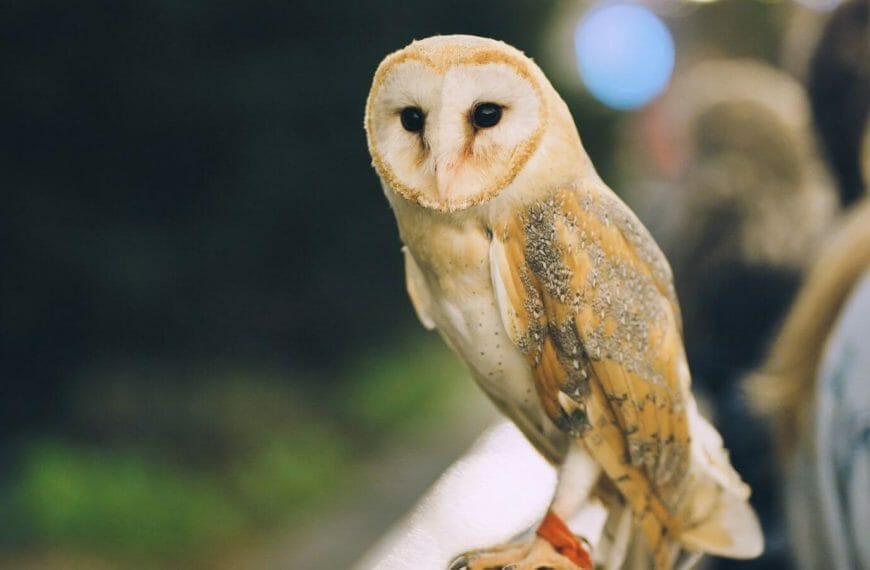
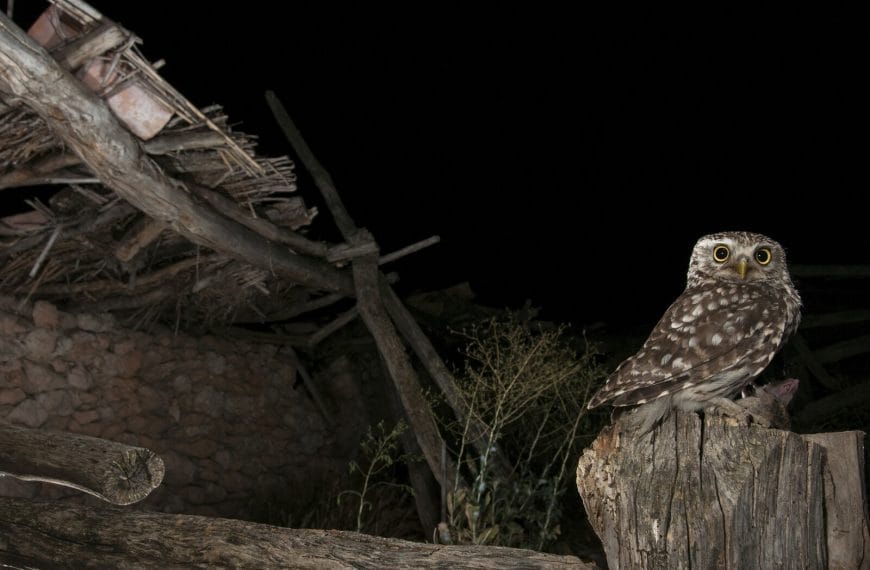









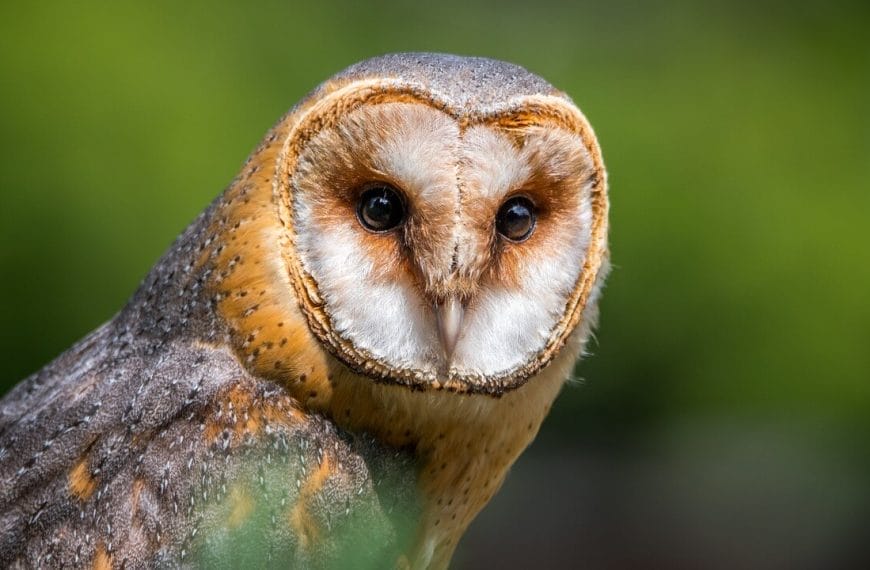



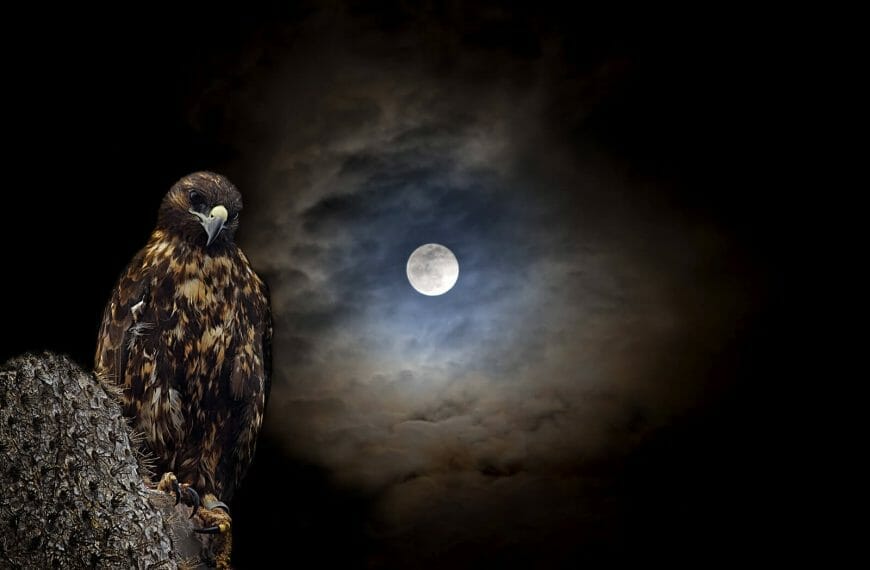
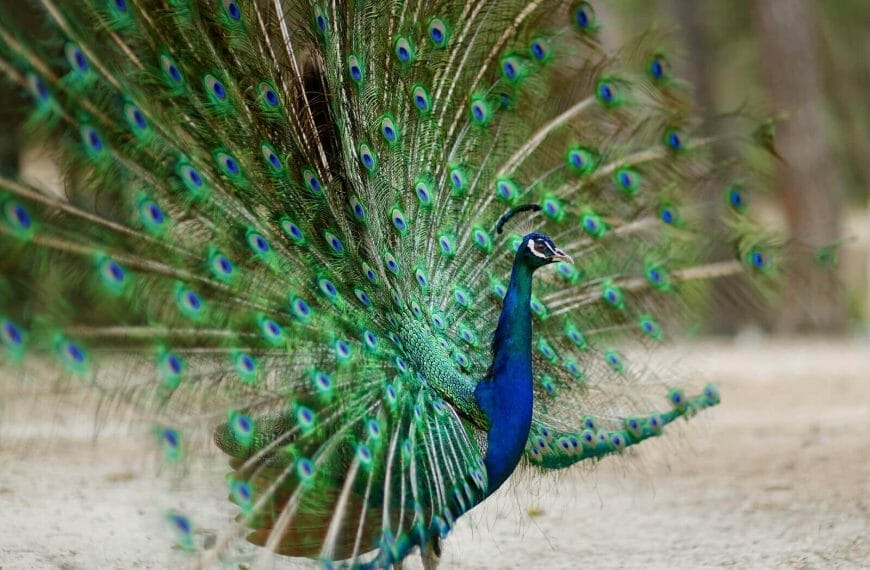
![How to Identify Turkey Feathers [Ultimate Guide]](https://ekz2dfuukk8.exactdn.com/storage/2023/03/HOW_TO_IDENTIFY_TURKEY_FEATHERS-793x570.jpg?strip=all&lossy=1&ssl=1)











![How to Attract Ravens to Your Yard: The [Complete] Guide to Attracting these Beautiful Birds to your Backyard](https://ekz2dfuukk8.exactdn.com/storage/2023/10/How-to-Attract-Ravens-to-Your-Yard.jpg?strip=all&lossy=1&ssl=1)